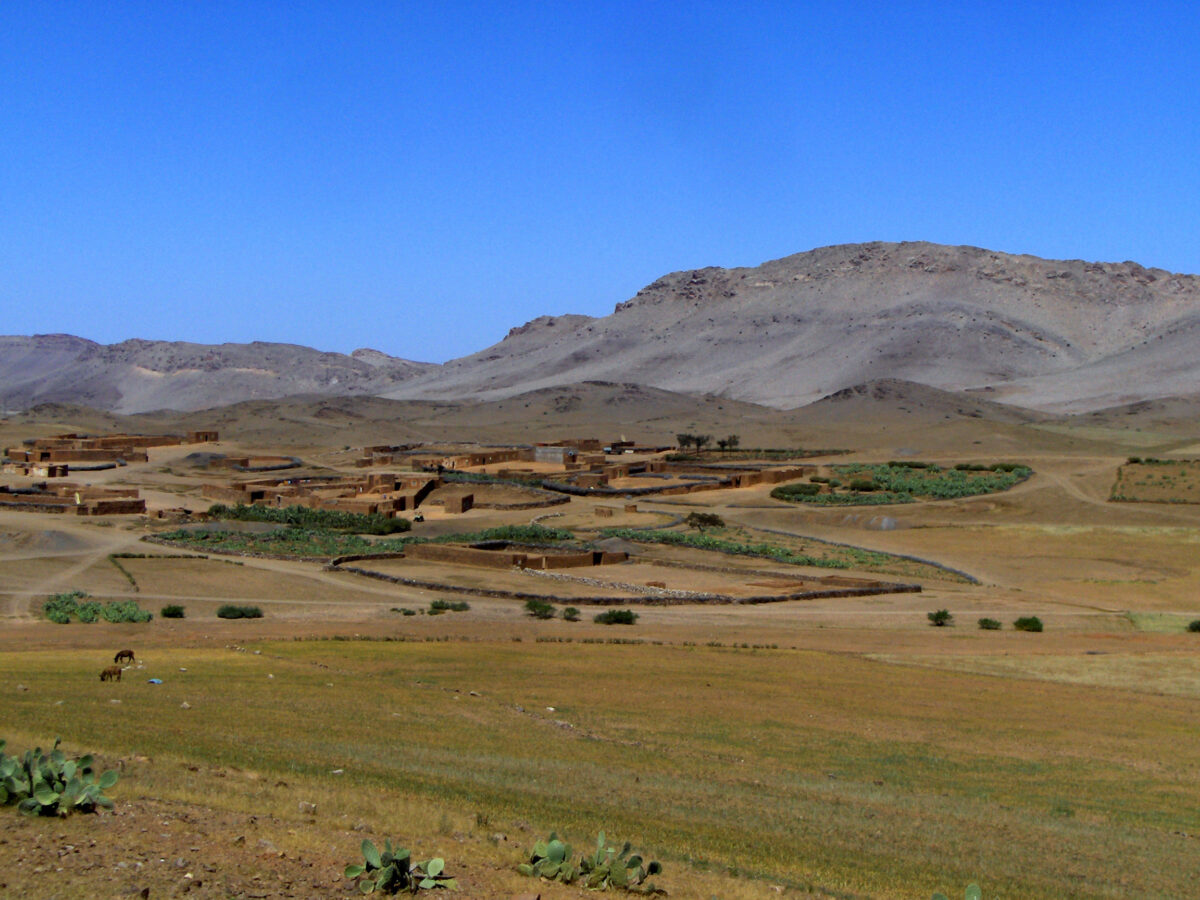The suspected sudden collapse of a nearby volcano's flank may have triggered an enormous wave that carried large boulders high onto Santiago Island in Cape Verde, a new study finds.
geochronology
Surface Folds Hint at Magnitude of Slip Along Thrust Faults
The shape of deformed sediments at the surface may allow researchers to estimate the cumulative slip along thrust faults such as the Chelungpu fault in Taiwan.
Exploring Radioisotopic Geochronology and Astrochronology
IsoAstro Geochronology Workshop: The Integration and Intercalibration of Radioisotopic and Astrochronologic Time Scales;
Madison, Wisconsin, 18–23 August 2014
Archean Rocks in the Acasta Gneiss Complex
Studying Archean-age gneissic and schistic rocks in northwestern Canada, researchers determined that the source of these rocks formed 4.3 billion years ago.
Tectonic Events May Have Triggered the Cambrian Explosion
A researcher proposes a tectonic mechanism that could have helped drive one of the biggest evolutionary events in history: the Cambrian Explosion.
Mountain Ranges Hold New Clues to Pangaea’s Formation
A new tectonic history of the Allegeny-Variscan range.
Advances in Remote Sensing of Magnetic Fields
Remote Atmospheric Magnetics Workshop;
Washington, D. C., 25–26 April 2014
Decades-Old Sediment Cores Complicate Cascadia Earthquake History
Scientists have long known that the Pacific Northwest is vulnerable to massive earthquakes, but newly unearthed data raises questions about the strength and frequency of these quakes.




